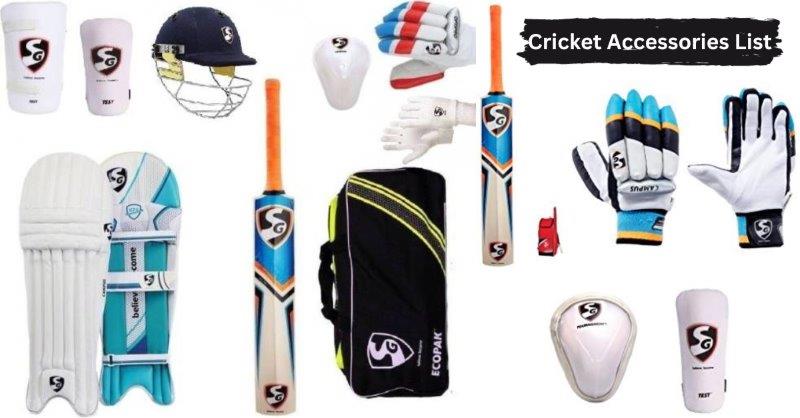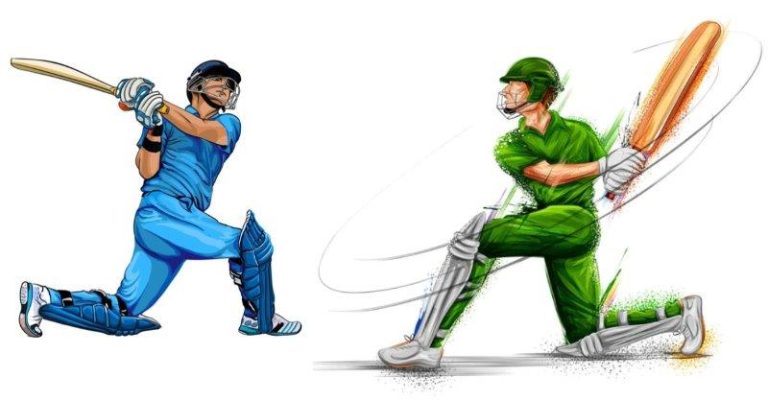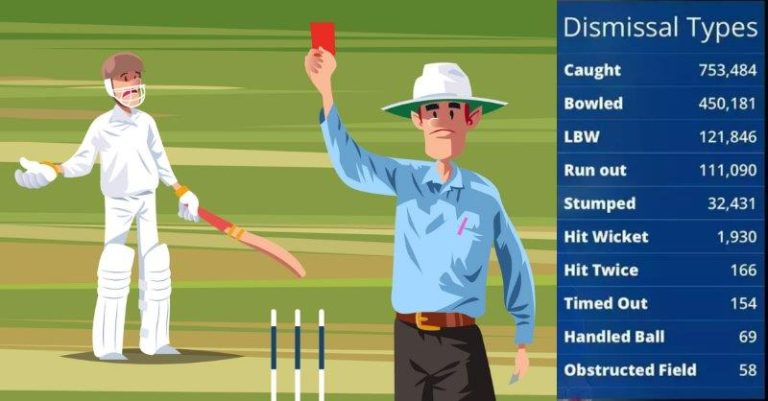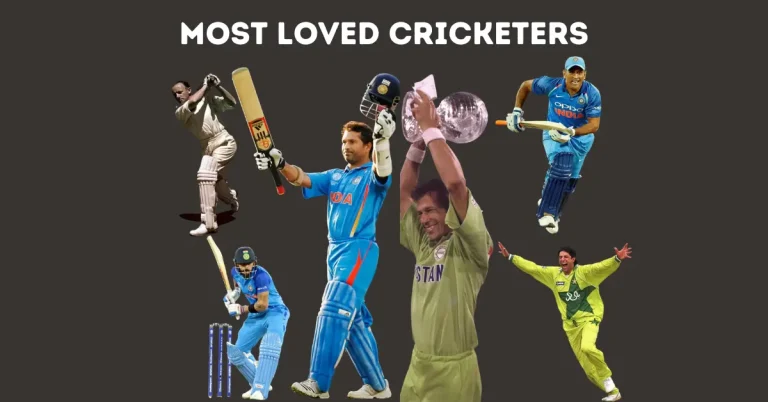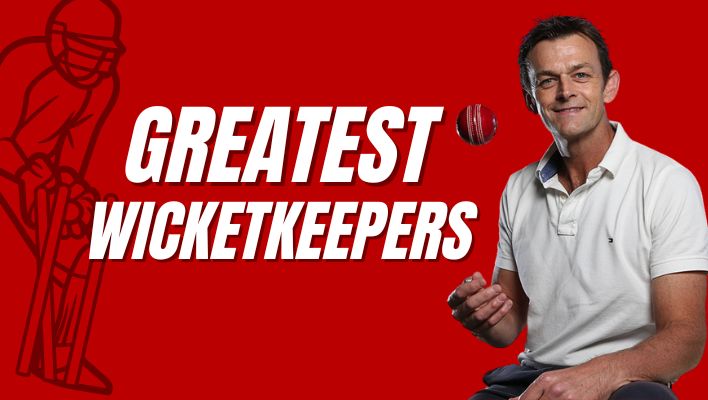The Complete Cricket Accessories List: Helmet To Shoes
Cricket is a game played with a bat and ball, focusing on enjoyment while on the field. Whether you’re an experienced player or just starting, using cricket gear can affect your game. In this article, we will analyze cricket accessories. Now, let’s explore them!
Cricket Accessories List
Essential Cricket Gear
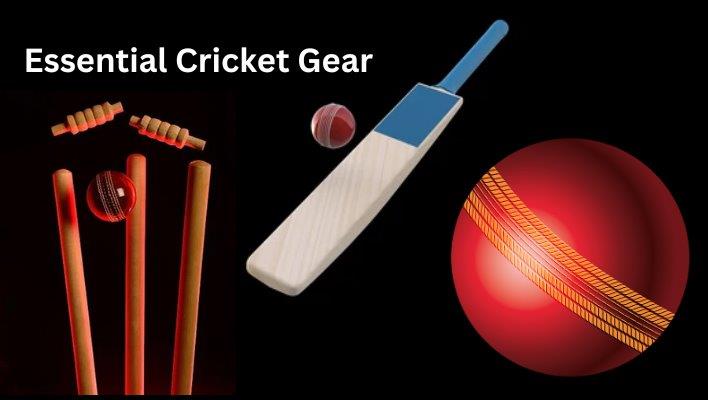
Cricket Ball
Cricket cannot happen without a ball. Pick match balls made by trustworthy companies or get practice balls to improve your skills. Think about the material and seam style for the best performance. Know why it’s important to take good care of the ball so it stays in good shape and you can enjoy playing with it for a longer time.
Cricket Bat
Bats are made in different weights and styles. Use our guide to choose the correct size according to how you like to play. Explore more about how bats are made, including the handle grip and where the sweet spot is located. Learn how different bat materials impact their performance and longevity.
Stumps and Bails
All clubs, schools, and colleges should offer these items. Reliable sports stores typically carry them. Check for strong materials and the correct height for official play. Spend on high-quality stumps and bails for lasting use and dependability.
Boundary Markings
Clearly mark the boundary using ropes or white flags so that players and umpires can easily see it. Check out various types of boundary markers and select the ones that work well for your field. Consider using extra boundary accessories like cones for better visibility, especially in low light.
Sight Screen
Batsmen need a clean, white sight screen to see the ball well. Improve your game with the proper equipment. Understand how to keep the sight screen consistently clear through regular maintenance. Think about using portable sight screens for flexible use in various playing locations. See Also: Fastest 50s in Cricket.
Cricket Clothing
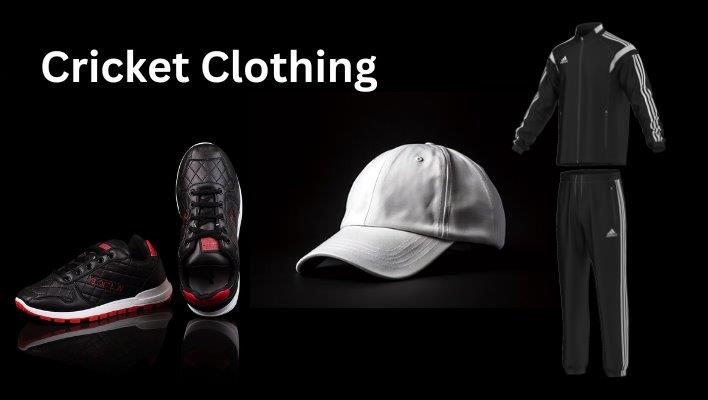
Shirts
Choose white for first-class cricket, but there are also colored options. The clothing is lightweight, breathable, and typically crafted from polyester. Look into advanced fabric technologies to improve comfort and moisture-wicking. Think about UV protection features if you’ll be in the sun for a long time.
Cricket Trousers
Choose colored options for a game that is lightweight, breathable, and comfortable, ensuring minimal distractions. Look for materials that resist moisture to ensure comfort in all weather. Explore trousers with reinforced knee areas for extra durability, especially during fielding.
Cricket Shoes
Decide whether to go for molded studs or spikes for the best grip on various surfaces. Explore the science behind sole materials to ensure durability and good performance on the field. Think about getting shoes with ankle support for extra stability during rapid movements.
Cricket Cap
The caps come in different colors and designs, helping you see clearly and shielding you from the sun. Choose caps made of UV-protective materials and with adjustable designs for a personalized fit. Check out caps with moisture-wicking features to stay cool during intense matches. See Also: Appealing In Cricket
Protective Gear
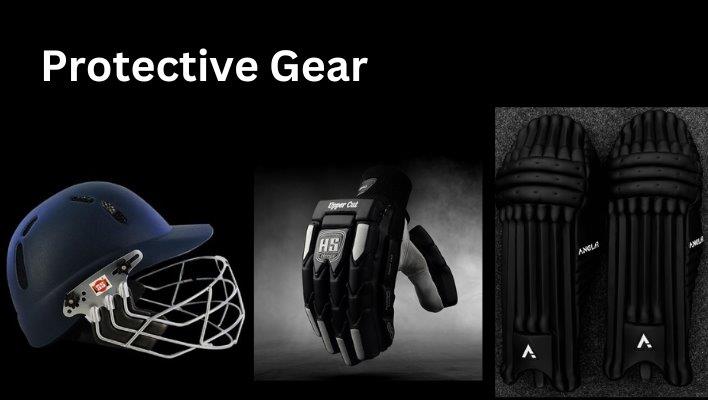
Abdominal Guard
Ensure protection for a sensitive area by checking our guide on wearing the abdominal guard. Learn the importance of getting the right size and positioning. Think about using abdominal guards with ventilation for extra comfort during play.
Jockstrap
Make sure the abdominal guard stays in the right position for a perfect fit. Find out about various styles and materials that can add comfort during play. Think about using jockstraps with moisture-wicking properties for better hygiene.
Helmet
Keeps batsmen, wicketkeepers, and fielders safe from head injuries. Make sure the helmet fits well for better safety. Look into helmet technologies like ventilation systems and impact absorption. Think about using helmets with padding you can customize for a snug fit.
Leg Pads
Also called leg guards, these shield the shins and knees. Find out more in our detailed guide. Grasp the details of the pad design, such as the straps and the thickness of the padding. Think about using leg pads with inner linings that you can take off and wash for cleanliness.
Gloves
Important for every player, it’s made to keep hands and fingers safe during the play. Check out different glove designs, which include finger protection and grip technologies. Think about using gloves with strengthened palms for durability.
Inner Gloves
Use thin, lightweight material for extra comfort under outer gloves. Find materials that allow air to pass through and have moisture-wicking properties. Think about using inner gloves with anti-microbial features to control odors.
Arm Guard
Protects the wrist, fastens with Velcro, and points towards the bowler. Recognize the importance of a snug fit and proper padding. Consider using arm guards with adjustable straps for a custom fit.
Chest Guard
Worn by both professional and club players when facing fast bowling for extra protection. Check out various chest guard designs and materials to ensure the best coverage. Think about using chest guards with flexible panels for freedom of movement.
Elbow Guard
Think about safeguarding the sensitive elbow area. Check out designs and materials that provide flexibility and protection against impacts. Search for elbow guards that have moisture-wicking properties for extra comfort.
Thigh Guard
Use a lighter material compared to leg guards, providing essential protection. Recognize how flexibility and coverage are important in the design of thigh guards. Think about using thigh guards with contoured shapes for a comfortable and secure fit. See Also: Popping Crease in Cricket
Extra Items and Accessories
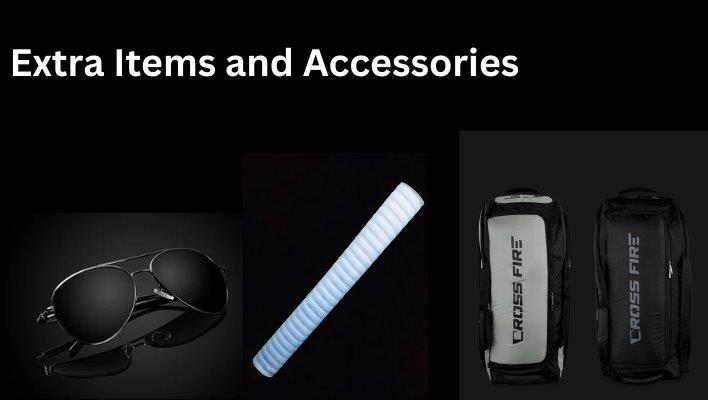
Jumper or Vest
Stay comfortable while playing, especially in colder weather. Look into thermal and moisture-wicking materials for extra comfort. Think about using jumpers or vests with zippered ventilation to control the temperature.
Sunglasses
Shield your eyes from the sun and improve visibility. Investing in good-quality sunglasses is a smart choice. Consider sunglasses with polarized lenses to reduce glare on sunny days. Look for ones with adjustable nose pads for a personalized fit.
Bat Cover
Keep your bat protected when not in use with a convenient slide-on cover. Check out various cover materials and designs for extra safeguarding. Think about using bat covers with extra pockets for storing small accessories.
Bat Grip
Rubber grips ensure a strong hold on the handle. Personalize your bat with spare grips. Check out various grip textures and thickness options for a custom feel. Think about using bat grips with shock absorption to lessen hand fatigue.
Bat Mallet
Crucial for properly preparing your bat, look at our guide on how to knock in a bat for useful tips. Learn the right technique and how often to knock your bat. Think about using mallets with two surfaces for thorough knocking.
Bat Toe Protector
Protect the bottom of your bat by adding a rubber toe guard. Find out about various materials and ways to install toe guards. Think about using toe protectors with adhesive backing for a secure attachment.
Practice Nets
Important for training: In sturdy and roomy nets for your club. Check out portable net choices and learn how to maintain nets properly for a longer lifespan. Think about using nets with reinforced seams for added durability during intense practice sessions.
Kit Bag
Look for a bag that can fit all your gear. It doesn’t need to be massive, but it should be spacious enough for your equipment. Think about organizational features and durability when picking the right kit bag. Check out bags with several compartments for convenient access to specific gear. See Also: What is a Power play in Cricket.
FAQs
To play cricket, you usually need comfortable sports clothing like a jersey or shirt, pants or shorts, and cricket shoes with spikes.
The four essential things for cricket are a bat, a ball, stumps, and protective gear, including a helmet, pads, gloves, and possibly a box for males.
The hat worn in cricket is commonly referred to as a cricket cap.
The name “L guard” likely comes from the shape of the protective guard worn by male cricket players to protect their groin area. The guard is designed in the shape of the letter “L” to give sufficient protection.
While not the best option, you can technically wear jeans for cricket. However, it’s recommended to wear proper cricket clothing for comfort, flexibility, and safety during the game. Jeans may limit movement and comfort compared to specialized sports attire.

